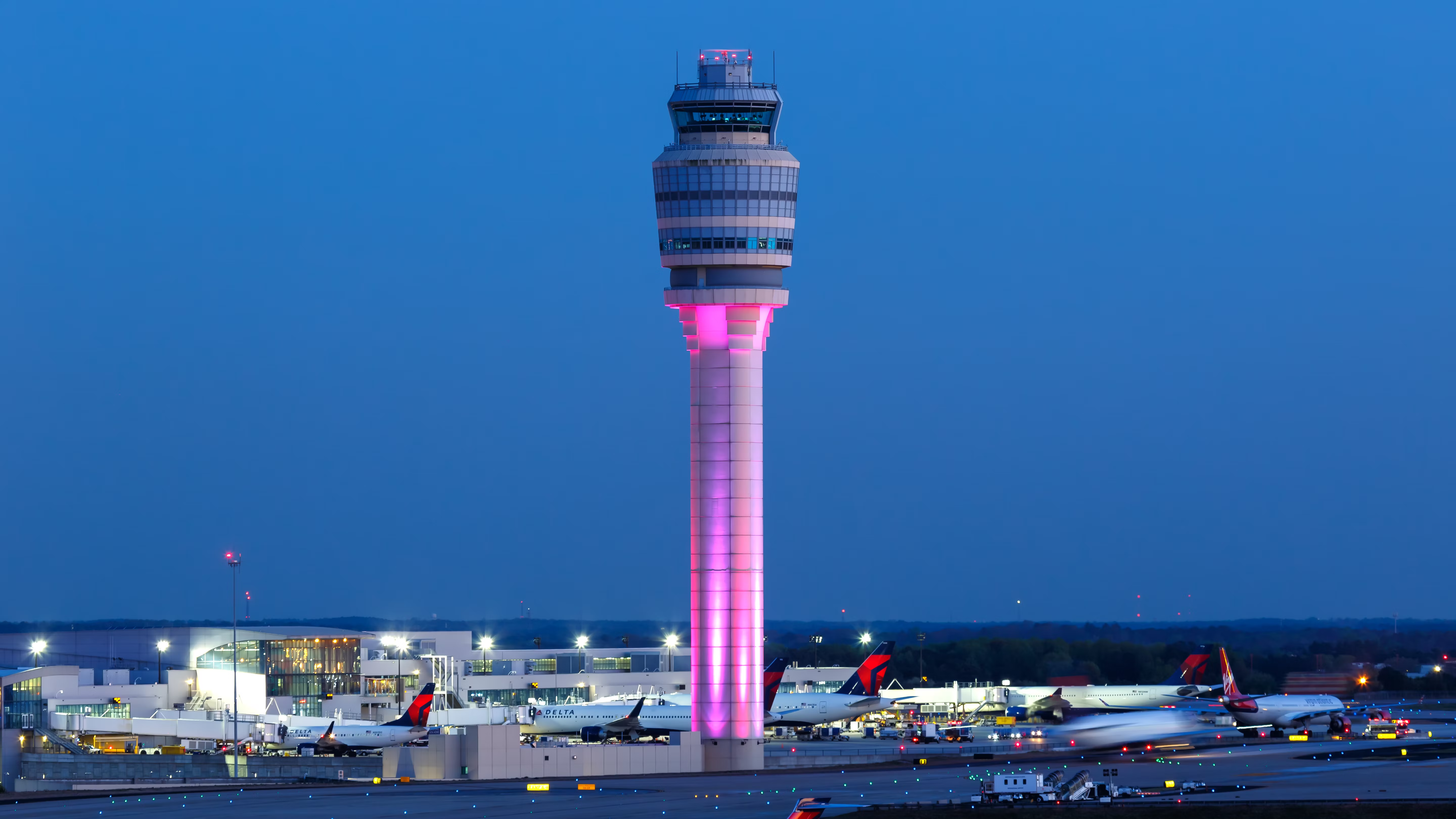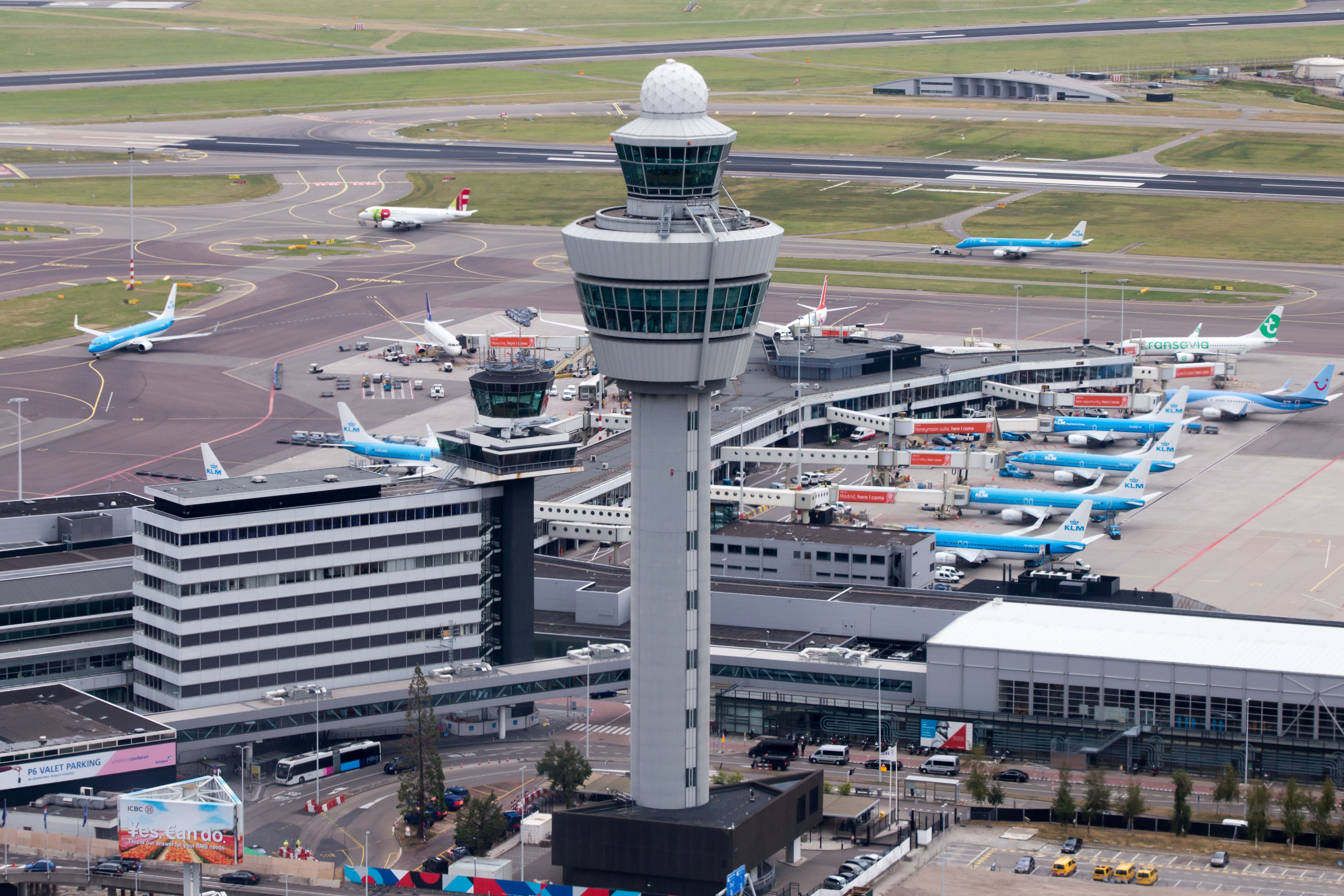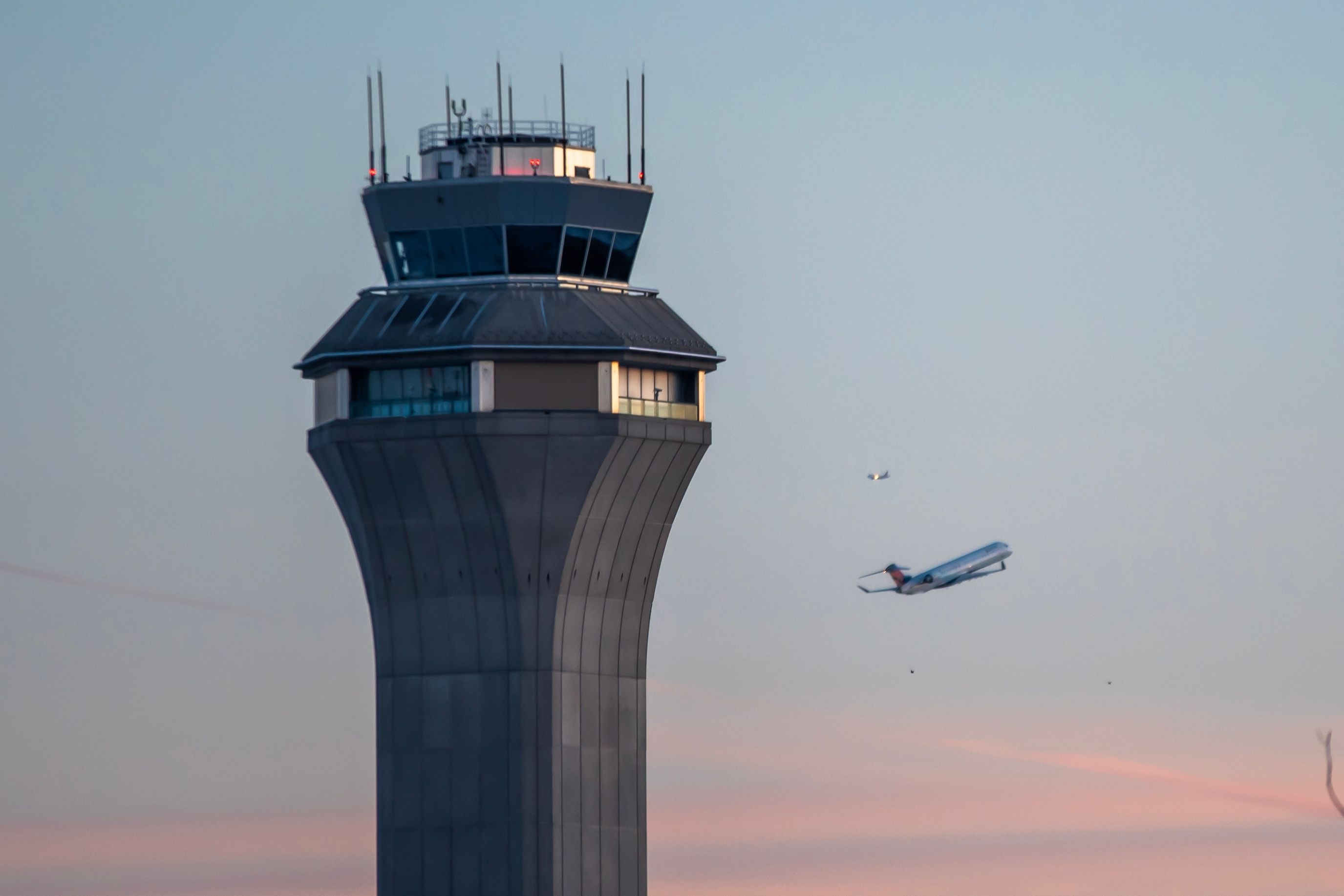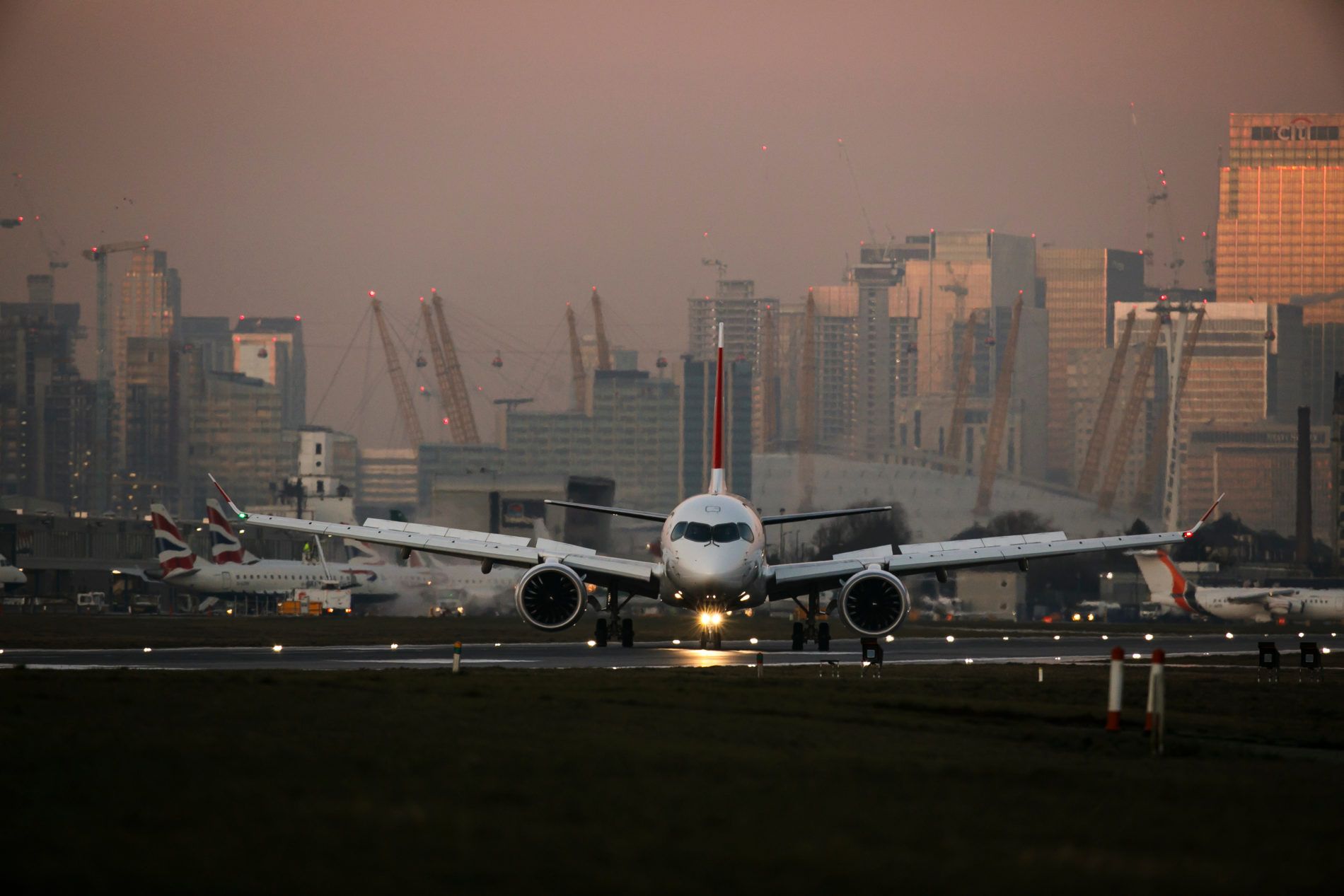Summary
- The pilot in command (PIC) ultimately has the final say in matters concerning aircraft safety, but this authority is not unchecked.
- Pilots are obligated to follow air traffic control (ATC) orders under normal circumstances but can defy ATC instructions in abnormal situations where the safety of the aircraft is at stake.
- ATC must accommodate pilots in emergency situations, providing support and fulfilling any unusual requests made by the pilot.
Due to a number of advancements in technology and communication, modern aviation has become among the safest forms of transportation in human history. Nonetheless, ensuring safe flight operations is no easy task, and there are a number of redundant systems that prevent dangerous situations from arising.
One of the most critical factors that promotes aviation safety is the relationship between pilots and air traffic controllers. While pilots are tasked with controlling jets, air traffic control provides critical information that allows pilots to do so safely.
But when a conflict arises between air traffic control and a pilot, who will have the final say in the event of such a disagreement? In fact, the answer may be slightly more complicated than it may seem.
Pilots or Air Traffic Controllers?
Naturally, the answer to this question is riddled with a lot of ifs and buts. Regulations say the pilot in command (PIC) will have the final say in all matters concerning the safety of the aircraft and passengers onboard, but that authority doesn’t go unchecked.
Airspace regulators are responsible for establishing guidelines by which relationships between air traffic controllers and pilots are managed. For example, the European Aviation Safety Agency’s (EASA) regulations relating to the matter have the following to say:
“The commander shall be responsible for the safety of all crew members, passengers, and cargo on board, as soon as the commander arrives on board the aircraft, until the commander leaves the aircraft at the end of the flight."
Indeed, this is the reason why flight attendants will often have to ask the Captain when passengers make unusual requests, like asking for a visit to the flight deck. Furthermore, it is the captain, not air traffic control, that decides when the fasten seatbelt sign must be turned on.
The ifs and buts
Pilots are obligated to follow ATC orders under normal circumstances, without which safe operation would be pretty much impossible. A PIC’s authority to defy ATC instructions is only used in abnormal situations where the safety of the aircraft is at stake, according to the Code of Federal Regulations. Even then, the pilots will be liable for a satisfactory explanation of their actions when the dust has settled.
For example, when the cabin pressurization warning comes on while flying at 37,000 ft, chances are, the pilots would not have time to request ATC clearance to make a rapid descent. In this particular case, the responsible thing would be to bring the plane down to a safe altitude of 10,000 ft, so passengers can breathe almost normally even if the pressurization system goes kaput.
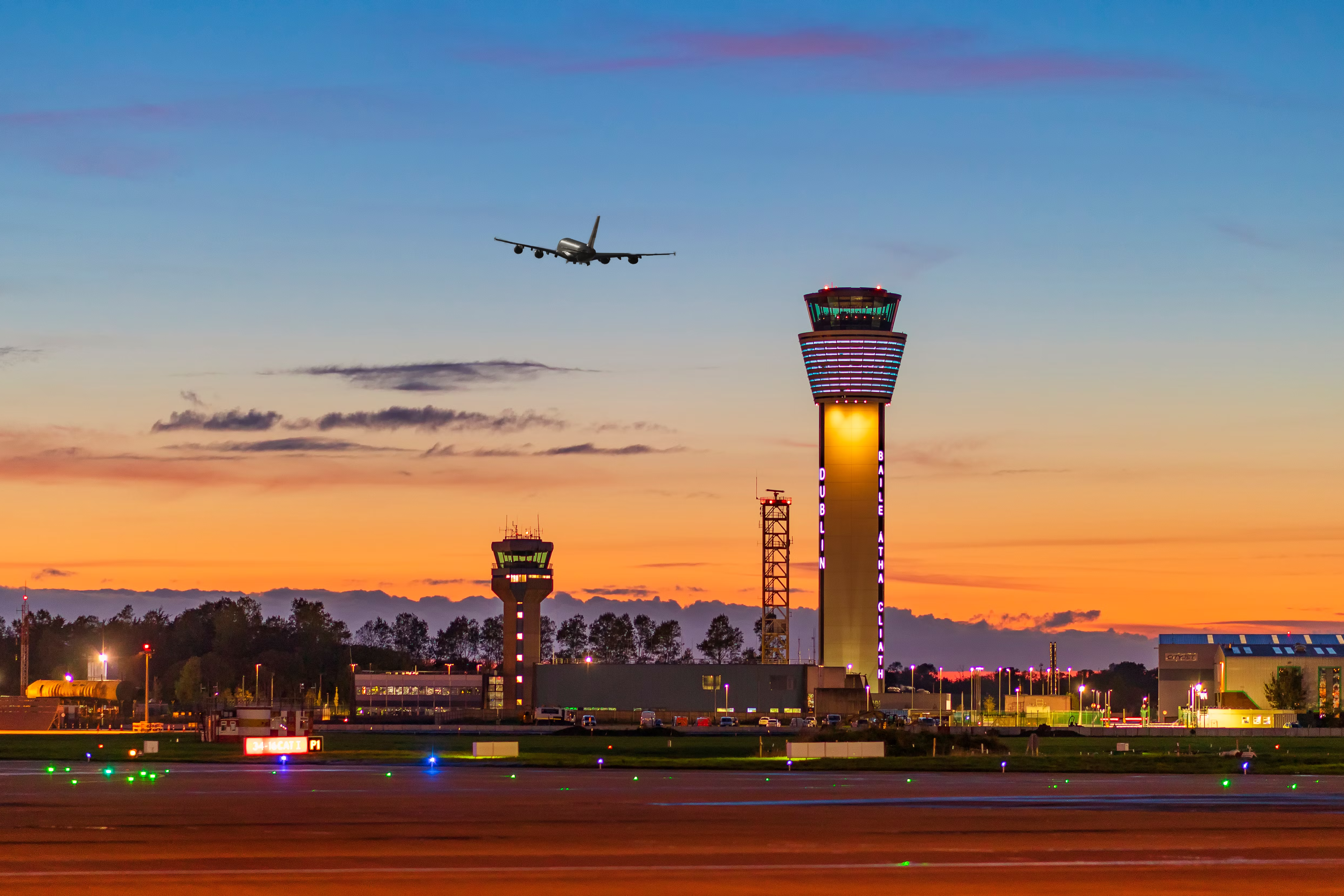
History: How Have Air Traffic Control Towers Evolved Over The Years?
The expansion of airports drove the need for tall free-standing control towers.This is precisely what happened on an August 2022 Virgin Atlantic flight from Manchester to Islamabad in Pakistan. The Airbus A330 operating the flight gave the pilots a pressurization warning, forcing them to initiate a rapid descent to a safe altitude. Chances are, the pilots would have advised the controller of their situation during or after the descent.
Deviating from an ATC order
Pilots aren’t allowed to deviate from ATC orders unless one of three things occurs: the ATC provides an updated order, an emergency exists, or said deviation is in response to a flight warning system like traffic alert or collision avoidance.
On the other hand, when an aircraft squawks 7700 or a pilot declares an emergency, the ATC is required to accommodate the pilot’s needs in every possible way. This includes providing support from emergency services, priority landings, and any other request the pilot may make, no matter how unusual.
Get all the latest aviation news right here on Simple Flying!
Under ideal circumstances, a pilot would never need to ignore or avoid orders from control towers. However, certain situations require pilots to take command of the aircraft and operate autonomously in order to ensure the safety of passengers and crew.
What do you make of the complex regulations surrounding responsibilities and powers given to pilots and ATC? Please share your thoughts in the comment section.

